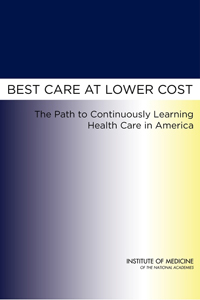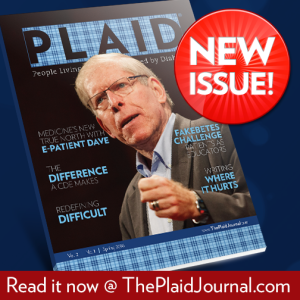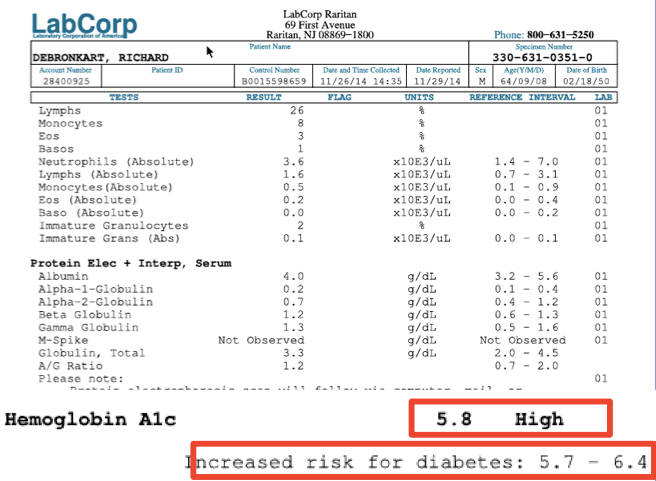Update 12/16: comments below this post have added more detail and documentation.
On one level this is a happy post. On another level, it’s a storm warning.
The happy part:
Of all the amazing, inspiring, humbling things that have happened in this three year adventure, one of the best is being invited to participate in discussions with professional societies I respect. For instance, twice this year I’ve written for the SGIM Forum, published by the Society of General Internal Medicine. Real medical leaders are actively listening for the patient’s perspective on many aspects of the challenges facing health and care, especially in America.
For the current issue (December 2012 – click image at left) I was invited to write a post-election perspective for their Health Policy Corner on the outlook as reform rolls out. The angle I chose was to ask, as the new rules unfold and the business of medicine changes, will the best providers be protected?
It was a riff on the Institute of Medicine’s new report, Best Care at Lower Cost: The Path to Continuously Learning Health Care in America. The most-quoted item in that report is that we have $750 billion of excess spending in American healthcare.
And that’s a problem. A big one.
The storm warning:
$750 billion is an incomprehensible number; it’s impossible to imagine how much financial pain there will be as we work to fix it. So I put it this way: if Intel, Microsoft, Apple, GM, IBM, Ford, Chrysler and Dell all went out of business, it still wouldn’t add up to that much.


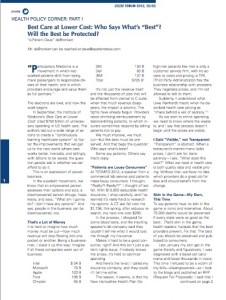
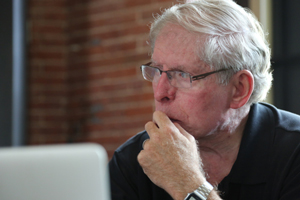 For decades thought leaders like Dr. Warner Slack have said patients are the most under-used resource in healthcare. He was talking about health IT, but now the new role of the patient is mainstream.
For decades thought leaders like Dr. Warner Slack have said patients are the most under-used resource in healthcare. He was talking about health IT, but now the new role of the patient is mainstream.